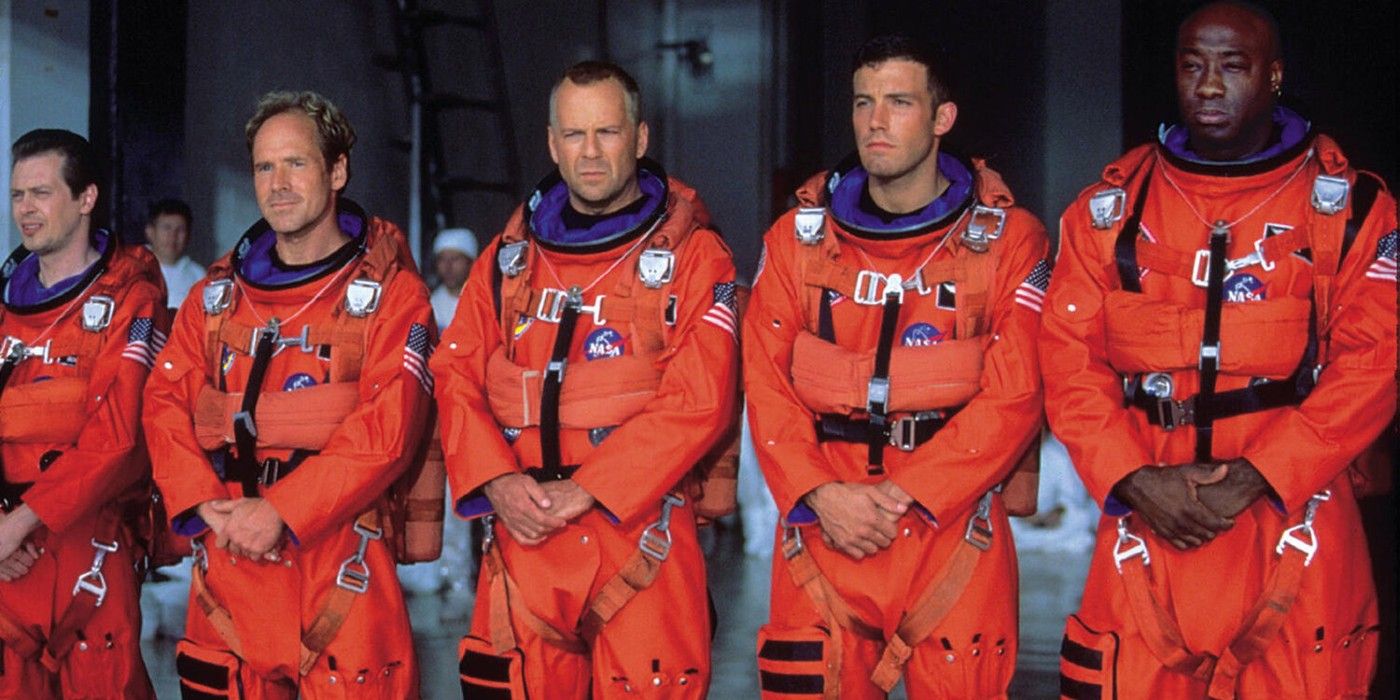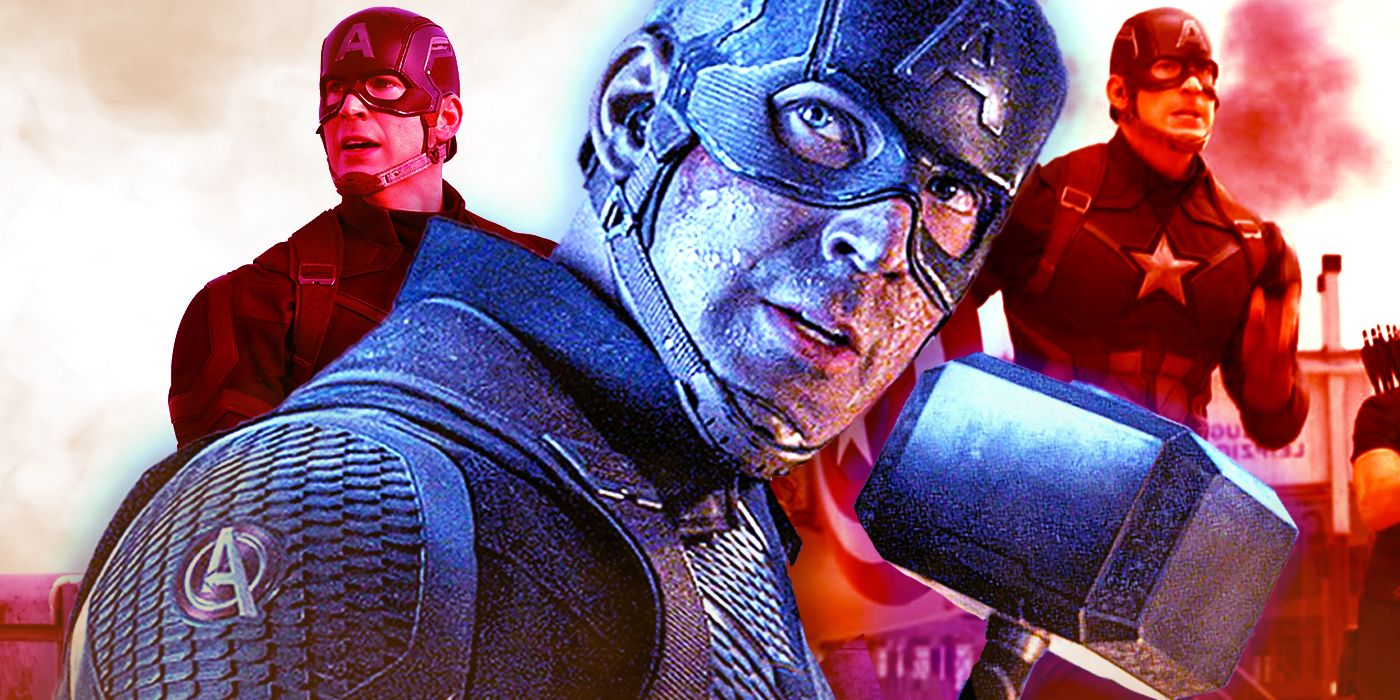A nuclear expert breaks down Michael Bay’s Armageddon, giving the 1998 sci-fi blockbuster low marks for realism. Coming off a pair of huge earthbound hits in Bad Boys and The Rock, Bay headed to space for his next action-packed effort, bringing along an all-star cast including Bruce Willis, Ben Affleck, Liv Tyler, Billy Bob Thornton and Steve Buscemi. Featuring Bay’s signature brand of over-the-top storytelling, Armageddon was just what audiences wanted in the summer of 1998, taking in $553 million at the worldwide box office against a budget of $140 million.
Though Bay’s Armageddon clearly hit the spot with summer movie audiences, the movie’s treatment of its subject-matter is not particularly accurate to real life, at least according to one expert. In a video piece for Insider, nuclear physicist Greg Spriggs breaks down the famous asteroid-nuking scene from Bay’s film, and points out major problems with the movie’s grasp of physics. According to Spriggs, it’s unlikely a nuclear weapon would even break up an asteroid as large as that depicted in the film, and even if you managed the feat, you might actually be worse off. Spriggs also blasts the movie for its depiction of outer space explosions, saying that in reality, all you would see is a flash, with no subsequent shockwave. Check out his remarks in the space below (around 1:41 of the video):
It went off, and then this plasma was squirting out through that fissure. Potentially, if they actually could do that, it would break up the asteroid if the asteroid is small enough. It would be very difficult if you had a large asteroid to get a weapon big enough in yield to cause it to completely break up. That would be a very difficult thing to do.
In outer space, of course, there is no shock wave, and if there was, why would it be disk-shaped? It’s a spherical shock wave. There would be a bright flash, and everything would cool within 20 microseconds, so you wouldn’t be seeing this long glow time that they show in the movie and people on Earth looking up and seeing this white flash. You would see the flash, but it would only last for 10 to 20 microseconds.
If it’s small enough and you could break it up, then it could possibly dissipate in the atmosphere. It could burn itself out. These two halves, yeah, that would be very unpredictable. For realism, I’d give it a one. If you went in and actually drilled into an asteroid and tried to break it up, how do you know what it’s going to break up into and where are the pieces going to fly? This is a matter of life and death.
Armageddon Placed Spectacle Above Realism

With his first two hit films, Bad Boys and The Rock, Bay proved himself a master of the style of over-the-top, ridiculous action that was popular with audiences throughout the 1990s. On Armageddon, Bay cranked things all the way to eleven, delivering high-stakes thrills in an outer space setting. It goes without saying that Bay had something on his mind other than realism when he unleashed the mayhem of Armageddon.
It’s true that the style of action sold by films like Armageddon feels out-dated in 2023, a time when gritty realism is the name of the game. Perhaps that’s why Bay, once one of the biggest directors in Hollywood, has been relegated to making much lower-budget movies. But Armageddon still delivers a lot of entertainment for those who prefer their action be as over-the-top as possible, and realism is really not an important consideration when it comes to such movies, and certainly wasn’t on Bay’s mind when he made his sci-fi/action epic.




